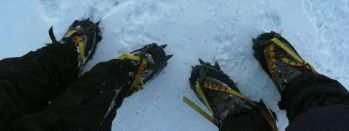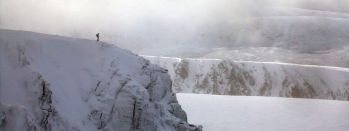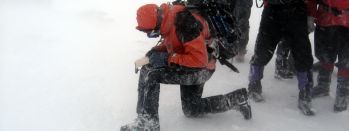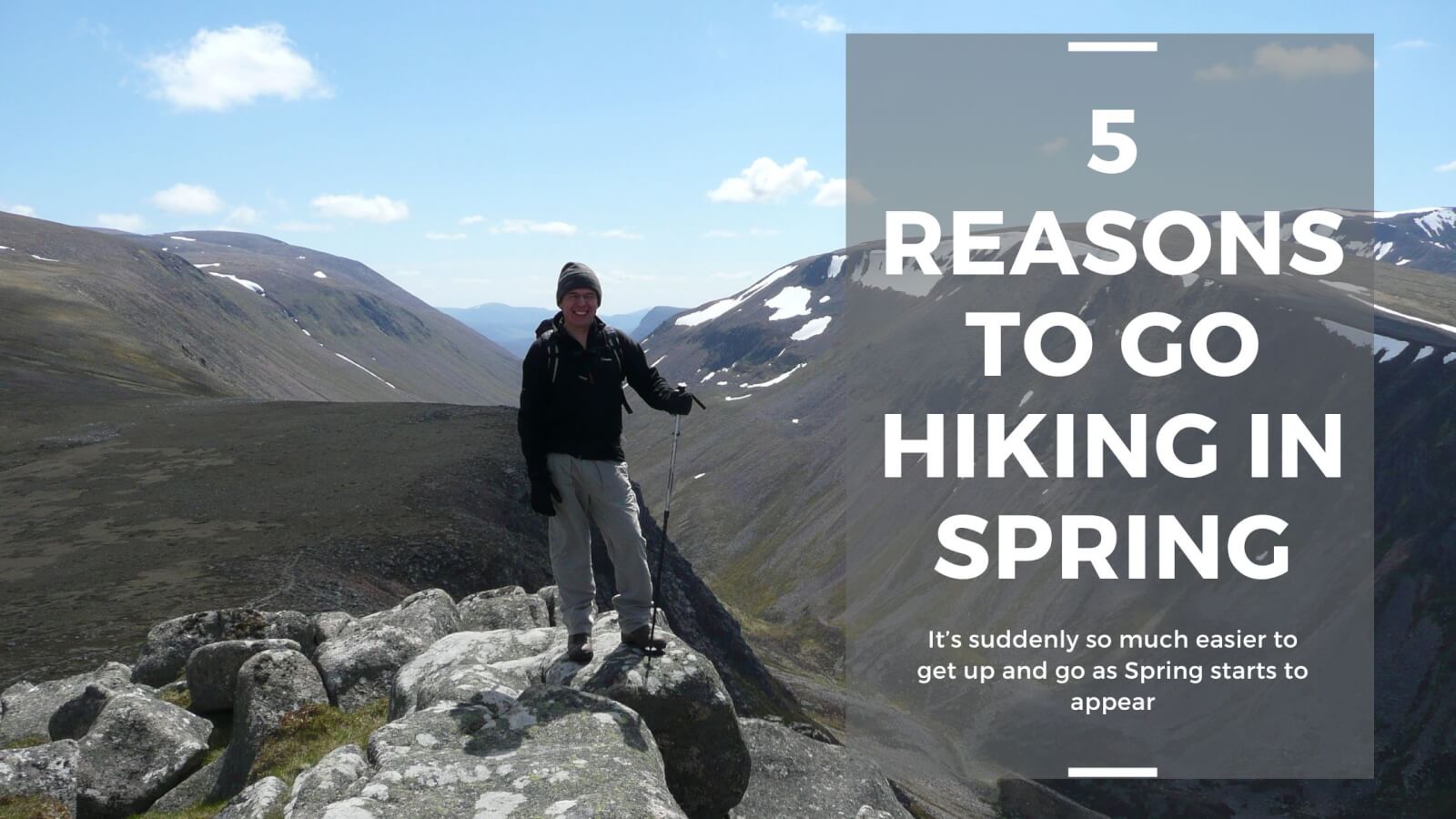How to choose boots for winter walking.
Crampon compatibility is by no means the only criteria on which to determine whether a mountain boot is suitable for a Britain’s winter mountains. With 15 winter seasons of Winter Skills instruction and guiding under his belt, Andy Bateman of Scot Mountain Holidays takes us through various features of a good winter mountain boot.
The snow conditions on Scotland’s winter mountains are as varied as the weather that creates them. They are invariably more varied than any lying summer snow and combined with the variety of situations you might come across snow and ice, you don’t want to be limiting the techniques at your disposal before you’ve even set foot on the mountain. So it’s important to choose the correct winter boot.

Reasons to wear B2 or B3 boots
1. Sole Rigidity:
Winter days can be short so it’s important you move efficiently. If there is the opportunity to save time safely it’s wise to do so. Adding crampons considerably increases the weight of the boot and it has been calculated that a kilogram on the foot is equivalent to five in the sac in terms of energy expended. You certainly don’t want to be without your crampons but just simply bunging a pair of crampons on isn’t necessarily a fix all.
Sole Rigidity is in fact provided by the mid-sole and not the sole. It’s important that it’s across it’s width as well as down its length. With most modern boots if they have it one way they will have it the other. The key aspect of a stiff winter boot is it allows you to concentrate your body weight where the sole makes contact meaning either it cuts into the snow ice surface effectively (i.e. when using the edges) or the rubber keys into the snow/ice surface properly.
- a. Better grip
B2/B3 boots have better grip on the snow and ice than do B1 boots meaning you can possibly reduce the time you wear your crampons. Walking on thinly snow covered rocks in crampons can be awkward so often it’s a stiff boot that’s the most effective way to deal with this situation.
- b. Kick steps effectively
Depending on the situation it may be far quicker to just to kick a few steps than stopping to put crampons on. In firm snow conditions B1 boots can often be too flexible to do this properly. For instance the when kicking pidgeon hole steps the toe will often bend up and “bounce off” without the sole cutting into the snow. The same can be the case when kicking other types of steps. It can also be rather uncomfortable for the feet.
- c. Ability to front point safely
B1 boots are usually too flexible resulting in the toe bending up and the heal dropping down. This leads to the front 2 points shearing out of the snow/ice surface and the possibility of you falling backwards out of the step.
- d. Less stress on the crampons
Crampons are tough bits of equipment but they aren’t indestructible and they should be supported by a rigid sole. Fitting a crampon to a flexible boot can greatly increase the stress on the crampon which over time can lead to it breaking. Again it can be uncomfortable on the feet.
3. Robust upper
With more flexible boots, the upper can tend to be too soft. This can result in the feet feeling restricted when the crampons straps are pulled tight, the danger being restricted blood circulation and associated cold feet, or worse a cold injury like frost bite.

4. Better insulation
A good winter boot is also better insulated and hence reducing the chances of cold feet or worse. Often the additional insulation so provides added padding and hence comfort.
Conclusion
Your boot is as much a tool as your axe or your crampons and for a winter walking trip a B3 boot isn’t overkill. A B1 boot may be adequate for a challenging summer trek involving a glacier crossing in theAlpsorHimalayasbut isn’t really enough for theScottishMountainsin winter.
If you are about to head out to your local gear shop to try on some boots I would check first which of the staff have been properly trained in boot fitting and that they are going to be there when you turn up.


















